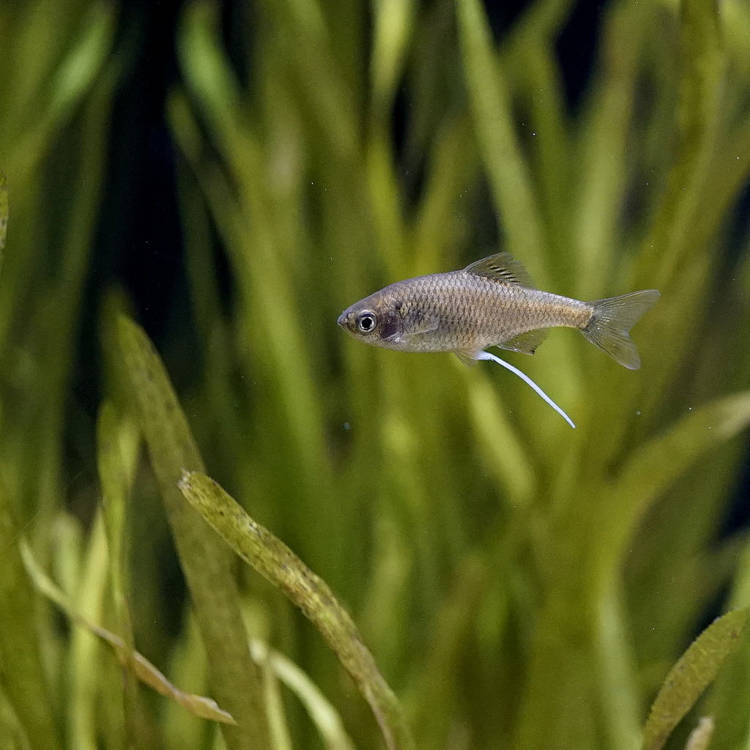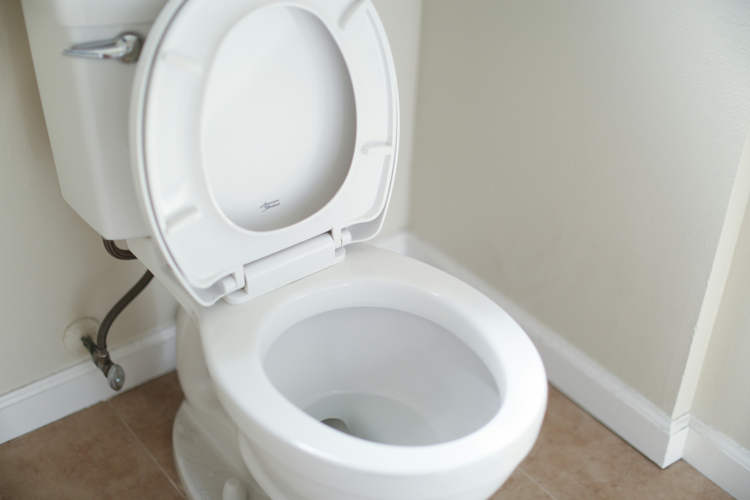Catching fish as small as a penny would be nothing short of embarrassing for the average fisherman, but in Japan it’s a source of pride, as in the old art of Tanago Fishing, the smaller the fish is, the bigger a catch it represents.
Most fishermen believe that the bigger the fish they catch, the greater their fishing skill is, which is why you routinely see them posing only with very large fish, and hear them telling tales about veritable sea monsters that only narrowly eluded them. However, things are very different in Japan, a country where minimalism is pervasive in all aspects of life, from gardening, to architecture. Fishing makes no exception, so it’s not very surprising that fishermen judge their skills not by how large their catch is, but by how small it is.

Photo: OpenCage
Tanago fishing is an ancient Japanese fishing method dating back to samurai over 200 years ago. Tanago is a Japanese term used to describe several several species of a small freshwater fish we know as “bitterling”. Some species of tanago grow up to 15cm in size, but these are the less valuable to fishermen, as the goal is to catch the smallest fish possible. Tanago anglers believe that the smaller the fish caught, the greater the testament to the skill of the angler.
View this post on Instagram
Truth be told, even in Japan, tanago fishermen are considered eccentric, not only because of their counterintuitive way of judging their skill, but also by the amount of time and resources they invest in this hobby. Catching tiny fish isn’t easy, and many enthusiasts spend small fortunes on specialized gear.
View this post on Instagram
Japanese bitterling are usually caught using a handmade bamboo rod called Edo Wazao. There are only a handful of such rod makers left in Japan, and the process of making such a tool can take up to two years, so they can be pretty expensive. Then there is the fine fishing line, and the needles, which are usually sharpened under a microscope, using a jeweler’s diamond file.
View this post on Instagram
Some tanago fisherman have either always been fascinated by this centuries-old art, or have simply become bored of angle fishing and want to try something more challenging. They all use their laughably small fishing rods to try and catch the smallest fish, with the declared goal being to nail a bitterling that can fit on a one yen coin.
Legend has it that tanago fishing was born as a way of bypassing a prohibition on angling during the Edo period. Fishermen could hide a tanago rod easily in a pouch or bag slung from the waist, but they became so fond of fishing for small fish that they never went back to angling.












